India-China border conflict: Why world should worry about the worsening border conflict, expert says
The China-India border spat is pushing leaders to make a choice between a rock and a hard place - and it’s a cause for concern for us all.
Political figures, media commentators and tens of thousands of protesters in India are calling for blood after a number of the country’s soldiers were killed in a scuffle with Chinese troops.
The significant escalation in the weeks-long standoff at a stretch of disputed border this week is the latest sign that tensions are fraying, and show no immediate signs of easing.
Now, an expert has warned that India’s leader is being backed into a corner with only two options – one of which should worry the rest of the world.
New Delhi and Beijing have been engaged in a war of words for weeks over the contested stretch, with both sides deploying troops and machinery to the Aksai Chin area in the Galway Valley.
Efforts to de-escalate have failed and a bloody brawl late on Monday night – fought not with guns, but nail-covered bamboo sticks, stones and fists – left 20 Indian soldiers dead.
Satellite images taken on June 16, obtained from Planet Labs Inc, show a further build-up of structures, trucks, troops and other equipment in the area where the violence broke out.
RELATED: China and India trade blame over border clash

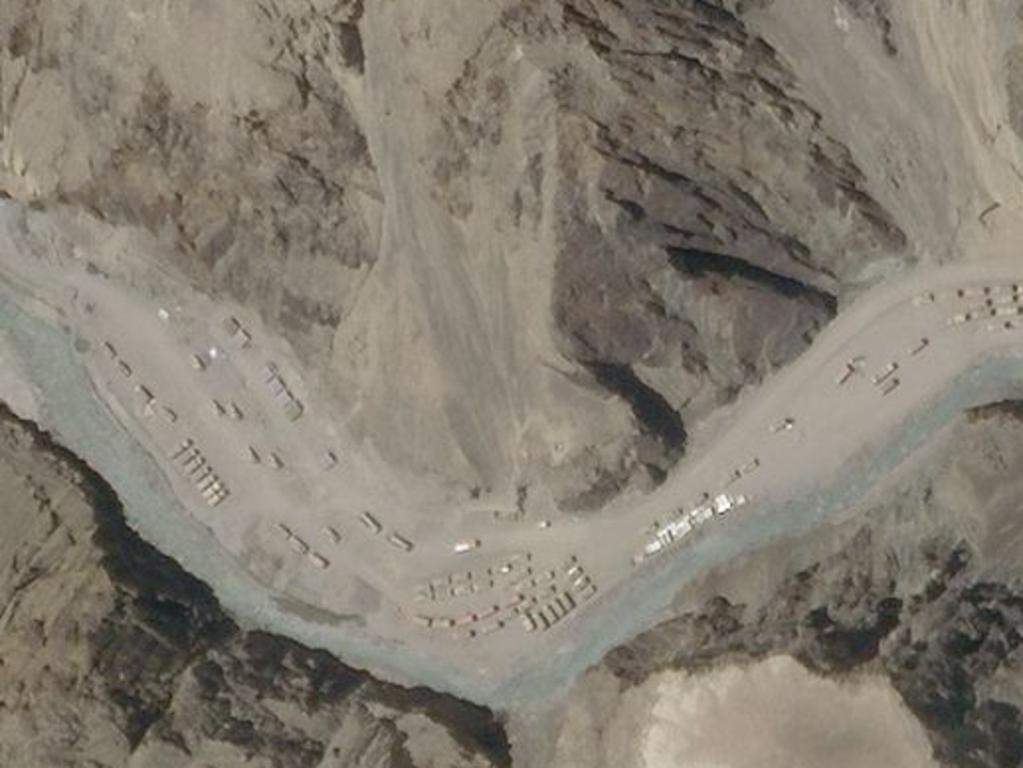
It’s hardly the first time China and India have had stoushes over the disputed stretch of border, with various tense stand-offs in recent years.
But soldiers have not died in decades, explains Ian Hall, deputy director of the Griffith Asia Institute at Griffith University.
“Such confrontations are usually defused by talks between commanders on the ground, leading to choreographed disengagements,” Professor Hall wrote in an article for The Conversation.
“In this case, it appears those processes have failed, and at a moment when relations between China and India – both nuclear armed states – are already tense.”
And neither side looks willing to back down.
RELATED: China-India border dispute could ‘spiral out of control’ Beijing warns
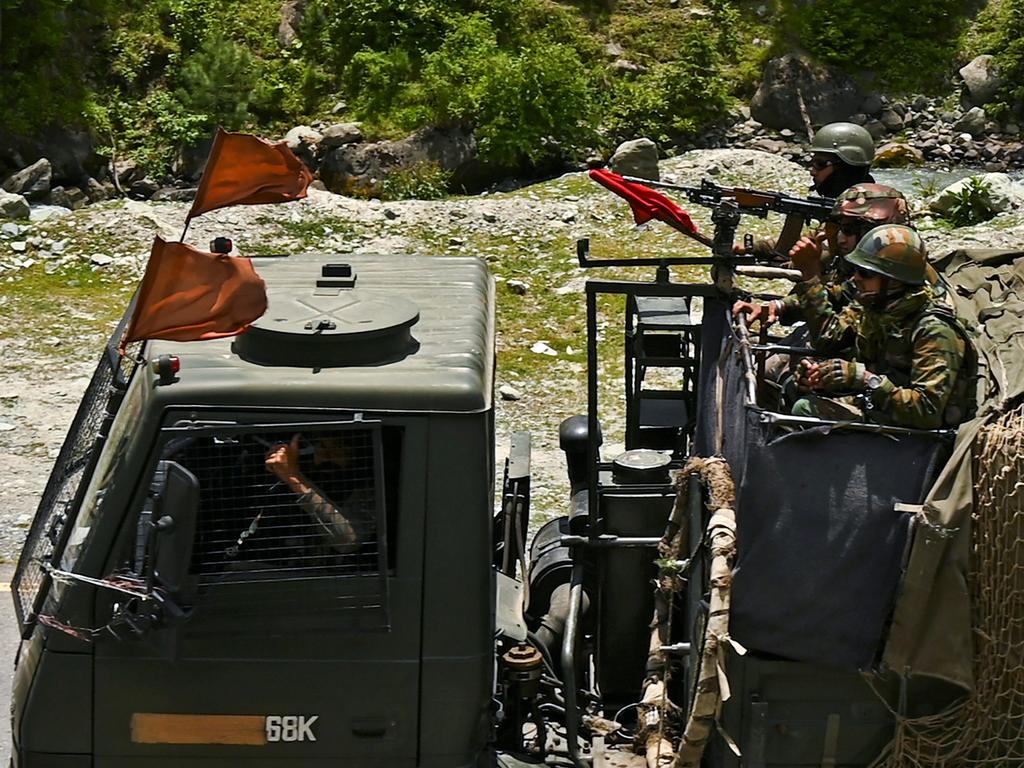

Addressing his country this week, Indian Prime Minister Narendra Modi said he would not compromise on “integrity and sovereignty”.
“India wants peace, but if instigated, India at all costs is capable of giving an appropriate response,” Prime Minister Modi warned.
China quickly shot back, with Foreign Minister Wang Yi saying it was Indian forces who were responsible for “provocative actions”.
“The Indian side must not misjudge the current situation and must not underestimate China’s firm will to safeguard territorial sovereignty,” he said.
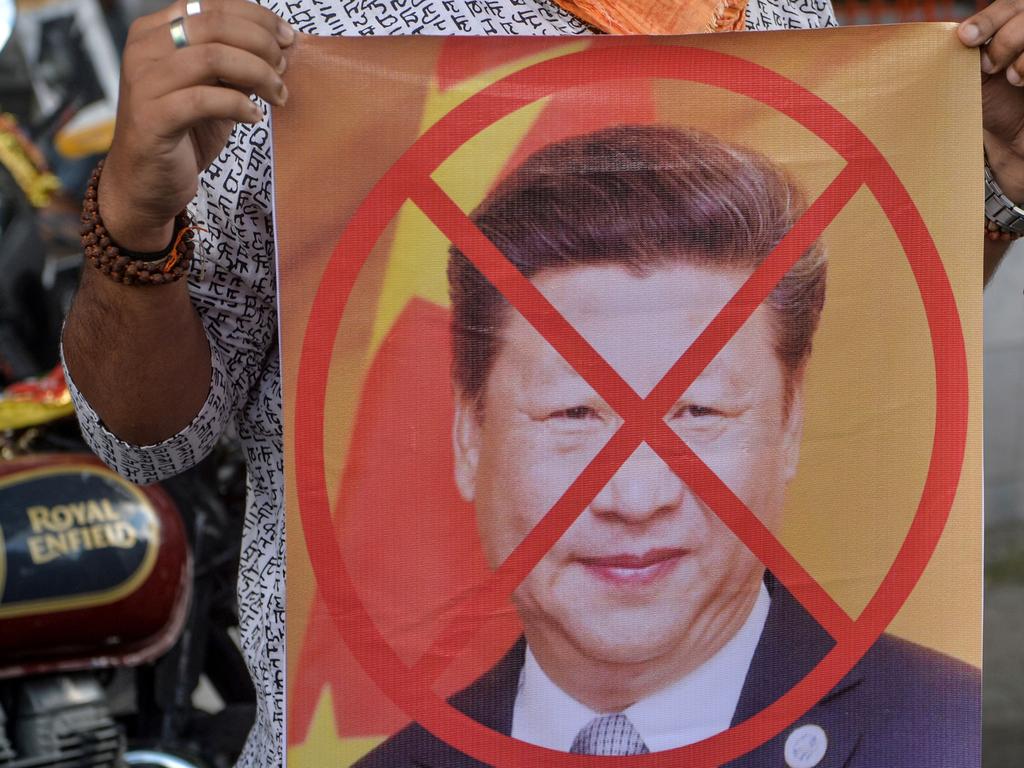
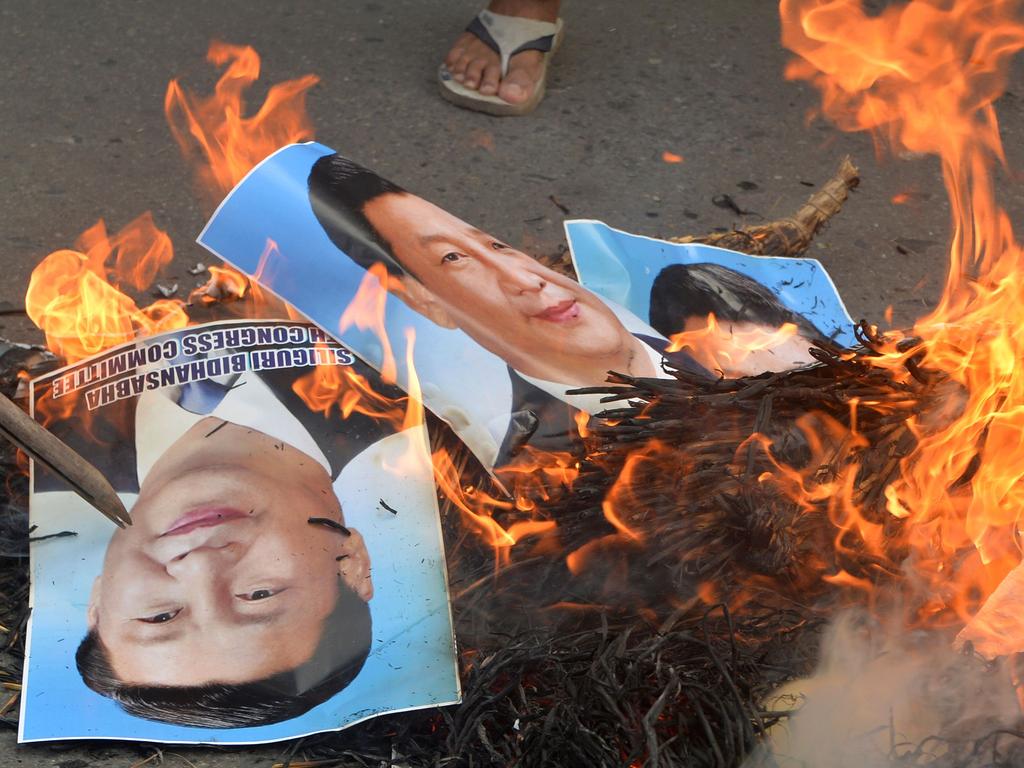
This latest dispute is ‘by far the worst to occur” for some time, not least because of Monday’s deadly clash, Professor Hall said.
“It also comes against a backdrop of several years of deteriorating relations between China and India, dating from the rise to power of Chinese President Xi Jinping.”
New Delhi has been a vocal critic of Beijing’s controversial Belt and Road Initiative, actively lobbying nations in the South Asian and Indian Ocean regions to not sign on.
“India has complained about China’s trade practices, pointing to a growing trade deficit with its northern neighbour, as well as Beijing’s alleged attempts to influence the policies of smaller states such as Nepal,” Professor Hall added.
“Meanwhile, India has strengthened security ties with the United States, Japan and Australia among others – to Beijing’s obvious irritation.”
RELATED: China and India’s tense border dispute – what’s behind the war of words?

Anger is growing across India among many citizens, who already held misgivings over Beijing’s handling of the coronavirus pandemic, which has ravaged the nation.
In addition to public prayer gatherings to honour the dead soldiers, a series of anti-China protests have been staged this week, with angry crowds defacing pictures of President Xi and demanding a swift response from the government.
I've been spending the morning watching Indian TV news coverage of the deadly border clash with China. The commentary is QUITE something.
— Matt Bevan 🎙 (@MatthewBevan) June 16, 2020
"We will stand toe to toe with you, and pull out your eyes if it comes to it"pic.twitter.com/pZdOOsbsQJ
That puts Prime Minister Modi in a difficult position with just two options, Professor Hall said – and one should have the world worried.
“If he backs down, or even concedes the area around Galwan River Valley that some think Chinese soldiers are now occupying, he could face a political backlash from Indian voters,” he explained.
“If he orders some kind of military response, he risks a wider war. There have been persistent reports of troop build-ups right along the 3500km frontier with China. There is no guarantee a limited action would not escalate into something bigger, nor that India’s friends and partners, including the US, would support such a move.”
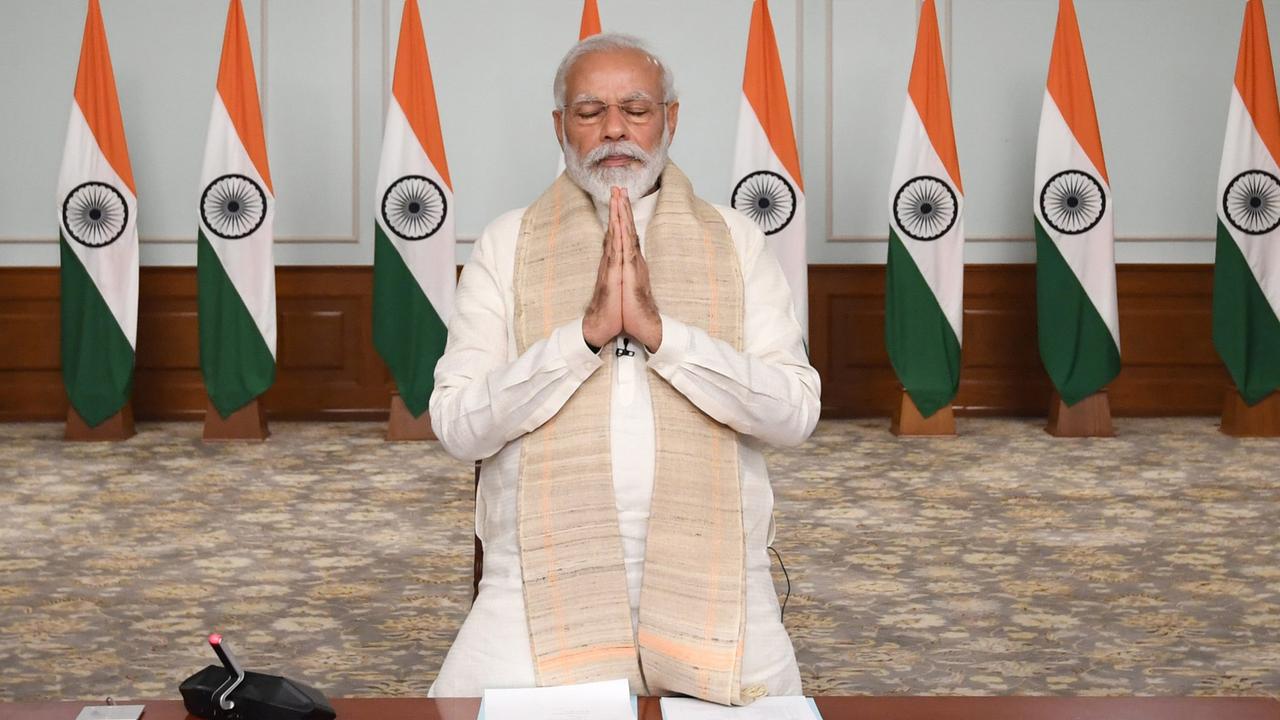
What happens next depends largely on Beijing’s motives, he said.
Predicting that is made all the more difficult in light of China’s recent foreign posturing in the wake of the COVID-19 crisis.
“If Xi is simply seeking to humiliate India for perceived transgressions – and warn it off deepening ties with its security partners – he may now order his troops to pull back, having made his point,” Professor Hall said.
“But if he wants to redraw the border and send a message to others – in Taiwan, Japan, Southeast Asia, or elsewhere – that China is determined to take what it claims, then de-escalating the situation will be very difficult for New Delhi.”
Overnight, China’s Foreign Ministry insisted the Galwan Valley region belongs to them, but called for an end to bloodshed.
Prime Minister Modi will hold an all-party meeting on Friday to discuss the situation.




